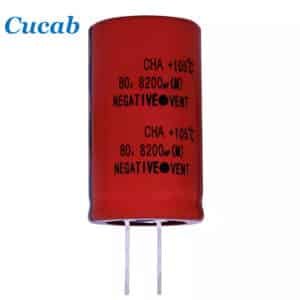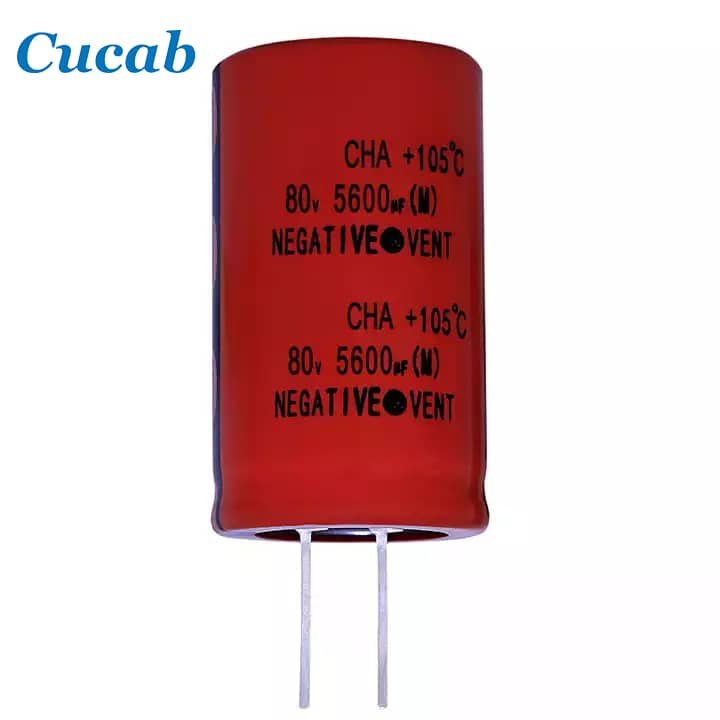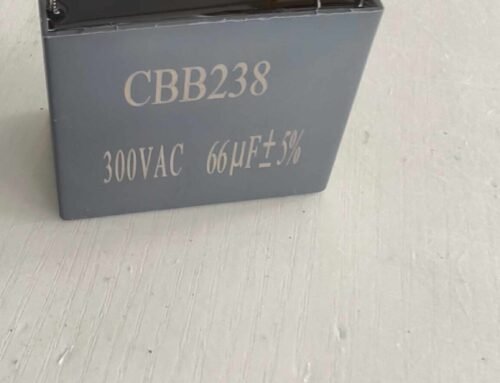1、Capacitance is generally expressed by “C” plus a number in the circuit (e.g. C13 means the capacitor numbered 13). Capacitor is a component consisting of two metal films close together and separated by an insulating material in the middle. The main characteristic of capacitor is the direct current flow.
The size of capacitance is the size of the electrical energy that can be stored, and the obstruction of the AC signal by the capacitor is called capacitive resistance, which is related to the frequency and capacity of the AC signal.
Capacitive resistance XC=1/2πf c (f means the frequency of AC signal, C means capacitance)
The types of capacitors commonly used in telephones are electrolytic capacitors, porcelain chip capacitors, chip capacitors, monolithic capacitors, tantalum capacitors and polyester capacitors, etc.
2、Identification method: The identification method of capacitor is basically the same as that of resistor, which is divided into 3 kinds: direct marking method, color marking method and number marking method.
The basic unit of capacitance is Farad (F), other units are: millifarad (mF), microfarad (uF), nanofarad (nF), pF (pF).
Where: 1 farad = 103 mF = 106 microfarads = 109 nanofarads = 1012 picofarads
The capacity value of capacitor with large capacity is indicated directly on the capacitor, such as 10 uF/16V
The capacity value of small capacitor is indicated by letters or numbers on the capacitor
Alphabetic representation: 1m=1000 uF 1P2=1.2PF 1n=1000PF
Digital representation: Generally, the capacity is expressed by three numbers, the first two numbers are the effective numbers, and the third number is the multiplier.
For example: 102 means 10×102PF=1000PF 224 means 22×104PF=0.22 uF
3、Capacitor capacity error table
Symbol F G J K L M
Allowable error ±1% ±2% ±5% ±10% ±15% ±20%

Ripple Aluminum Electrolytic Capacitor




